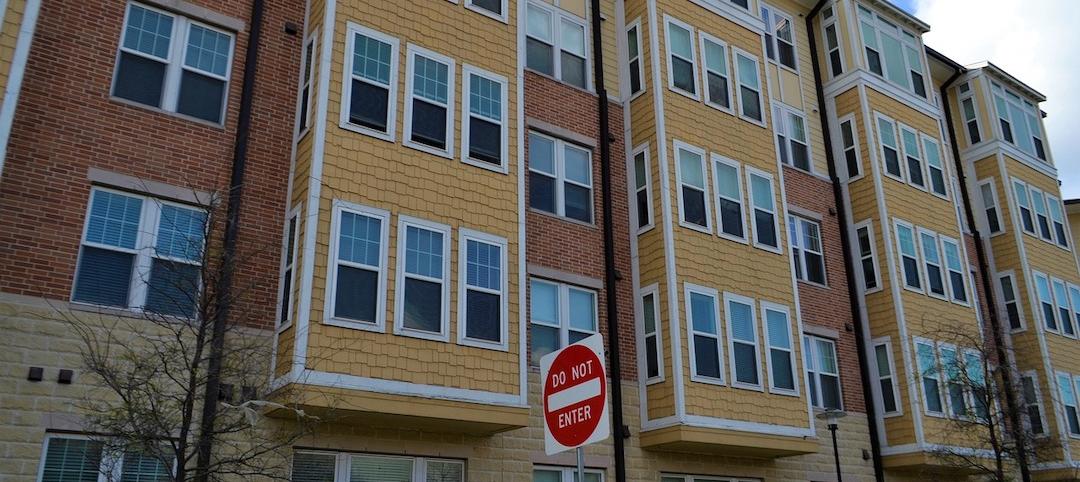The U.S. Environmental Protection Agency's WaterSense program has released a draft specification for water-efficient flushometer-valve toilets. After the specification is finalized, EPA anticipates that each WaterSense labeled flushometer-valve toilet model will have the potential to save more than 5,400 gallons of water per year. That translates into more than $1,000 savings over the lifetime of the toilet.
Flushometer-valve toilets are typically found in commercial, institutional, or industrial restrooms. These types of toilets have two main components—the toilet bowl and the flushometer valve.
Like all WaterSense labeled products, flushometer-valve toilets will be independently certified. EPA's draft specification sets the maximum flush volume for WaterSense labeled flushometer-valve models at 1.28 gallons per flush (gpf), which is 20% less water than the federal standard.
EPA estimates that about 28%, or 7.6 million, of the 27 million flushometer-valve toilets currently installed across the country flush at volumes higher than the federal standard of 1.6 gpf—some as much as 3 to 7 gpf. If all old, inefficient commercial flushometer-valve toilets were replaced with WaterSense labeled models, it would save more than 41 billion gallons of water per year nationwide, EPA estimates.
(http://www.epa.gov/watersense/products/flushometer-valve-toilets.html)
Related Stories
Codes and Standards | Oct 12, 2021
Three new laws expected to spur more affordable housing in California
Trio of measures could aid carbon reduction in built environment.
Codes and Standards | Oct 11, 2021
New program to promote mass timber construction launched in Boston
City’s planning and development agency to award grants for projects in early-stage planning.
Codes and Standards | Oct 6, 2021
Intl. Code Council publishes EV and building codes resource
Assists communities in setting policies for electric vehicle charging requirements.
Codes and Standards | Oct 5, 2021
Feds award $1 billion to renovate health centers
Funds will modernize existing infrastructure and cover other COVID-19-related capital needs.
Codes and Standards | Oct 4, 2021
Boston City Council approves mandate for major emissions cuts for large buildings
Applies to buildings 20,000 sf or larger—about 4% of city’s buildings.
Codes and Standards | Oct 4, 2021
HPD Collaborative and Green Seal to align standards
Will result in expanded options for manufacturers to enhance sustainability reporting and certifications.
Codes and Standards | Sep 30, 2021
U.S. has a deficit of 5 million homes
Builders unable to keep pace with demand.
Codes and Standards | Sep 29, 2021
Mass Timber group study will compare structural round timber to glulam products and steel
Will compare costs, capabilities, and carbon impacts of structural materials.
Codes and Standards | Sep 28, 2021
Massachusetts creates Commission on Clean Heat
First-of-its kind body to set targets for buildings to reduce emissions from heating fuels.
Codes and Standards | Sep 27, 2021
Commercial real estate industry faces SEC climate disclosure regulations
Risks associated with climate change would have to be revealed.
















